04 May 2020
Works from the Collection: David Horvitz
David Horvitz
For Kiyoko, 2017
inkjet print on paper
Collection of the Morris and Helen Belkin Art Gallery, purchased with support from the Morris and Helen Belkin Art Gallery Acquisitions Fund, 2018
During a period when governments urge us to “stay home,“ I chose this work because in a sense it is about confinement. As the text, which is part of the work, explains, the image is of a night sky in Colorado taken from the site of Camp Amache in Granada, Colorado. The camp was the smallest of ten internment camps for Americans of Japanese ancestry established in the USA in 1942. It held around 7,000 prisoners. By visiting the camp, Horvitz, visits a past scene of family trauma as his maternal grandparents spent three years there. The picture doesn’t depict the camp (where, at present, only one building remains) or the Colorado landscape. But it rather looks up at the universe, which is only visible at night, from a place of former imprisonment, thus making a stark contrast between what is infinite and expansive and the memory of a forced confinement. The work is a deeply personal commemoration and act of witnessing. Horvitz says of the work, “I imagined my grandmother, Kiyoko, as a teenager looking at the stars from this very same spot some 75 years before. Her view, literally contained and bound by barbed wire, imprisoned by her present, by the fear and hysteria and racism of her times. But I also imagined the wonder evoked in looking up into the sky, into the infinity of night, as your vision extends out into the timelessness of space. This view, from this place, I wanted to put into the public.”
David Horvitz (born 1974) is an American artist working in Los Angeles who uses art books, photography, performance art, glass, and mail art as mediums for his work. Horvitz is a graduate from Bard College. He was artist in residence at Pioneer Works in Red Hook, New York. In 2015 he was named a United States Artists fellow. Horvitz has had solo exhibitions at Fotomuseum Winterthur, and tongewölbe T25, Ingolstadt; Blum & Poe, Los Angeles; New Museum, New York; Jan Mot, Brussels, Dawid Radziszewski Gallery, Warsaw; Peter Amby, Copenhagen; Art Basel, 2013; Kunsthal Charlottenborg, Copenhagen; ChertLüdde, Berlin. Group exhibitions include: MoMA, New York; Bielefelder Kunstverein, Kunstverein Nürnberg; Murray Guy, New York; Museum Morsbroich, Leverkusen; Crac Alsace, Altkirsch; Brooklyn Museum, Brooklyn.
Works from the Collection considers one work in the Belkin’s permanent collection that particularly inspires us; at this moment in May 2020, we are looking at these works through the lens of the current crises around us. This round of Staff Picks is brought to you by Scott Watson, the Belkin’s Director and Curator since 1989 when it was still the UBC Fine Arts Gallery in the basement of the former Main Library (now the Barber Learning Centre). He shares his time between Vancouver, Berlin and Hornby Island. To see more of the Belkin’s collection, visit https://collection.belkin.ubc.ca.
Related
-
News
24 Jul 2020
Works from the Collection: Krista Belle Stewart
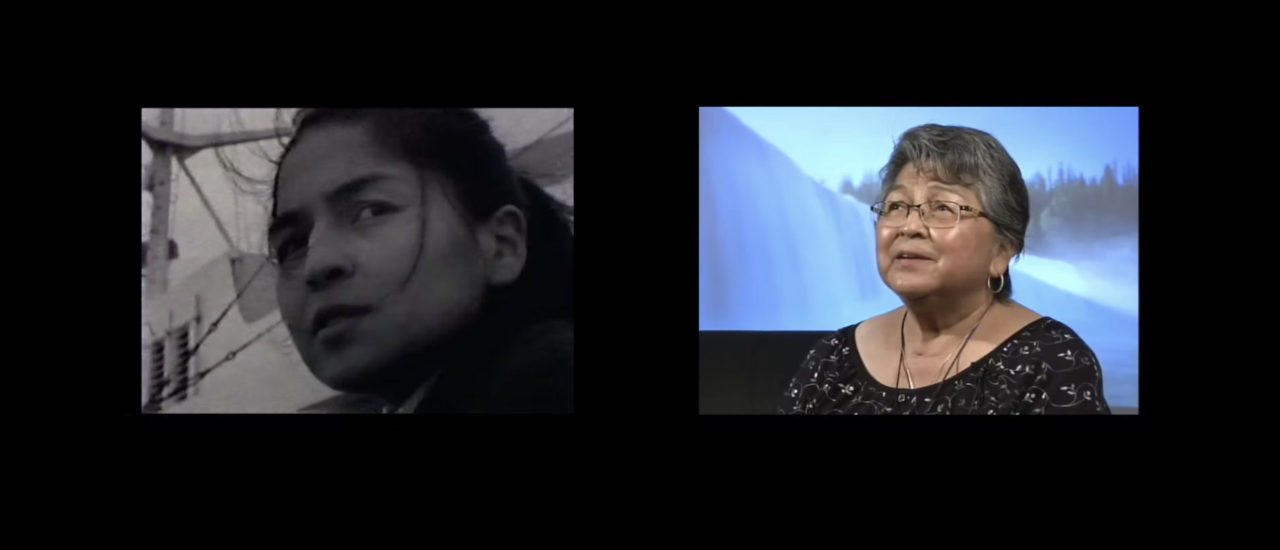
Karen Zalamea talks about Krista Belle Stewart's two-channel video, Seraphine, Seraphine (2015).
[more] -
News
19 Jan 2021
Works from the Collection: Audrey Capel Doray
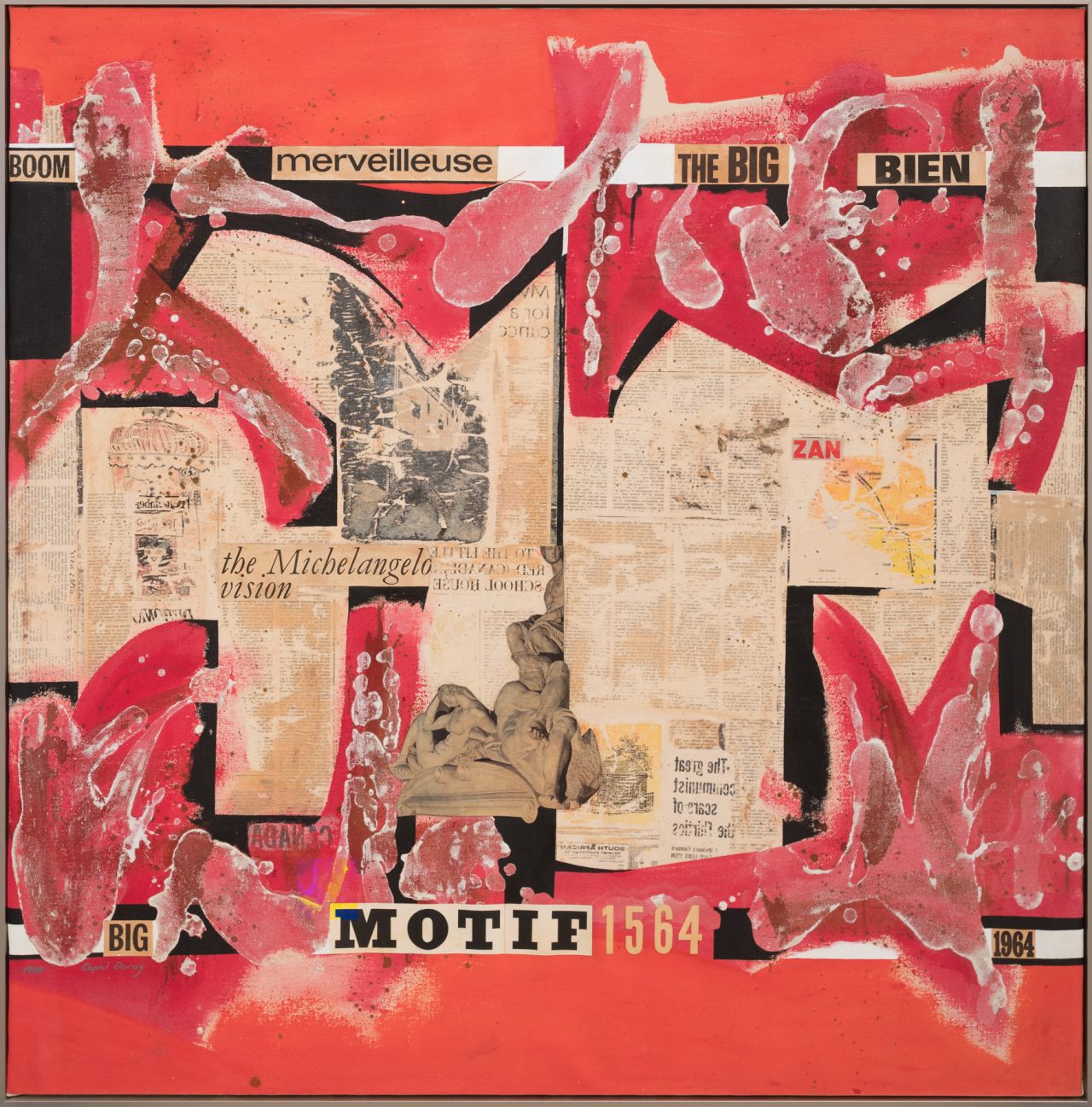 [more]
[more] -
News
14 Apr 2020
Works from the Collection: Janet Cardiff and George Bures Miller
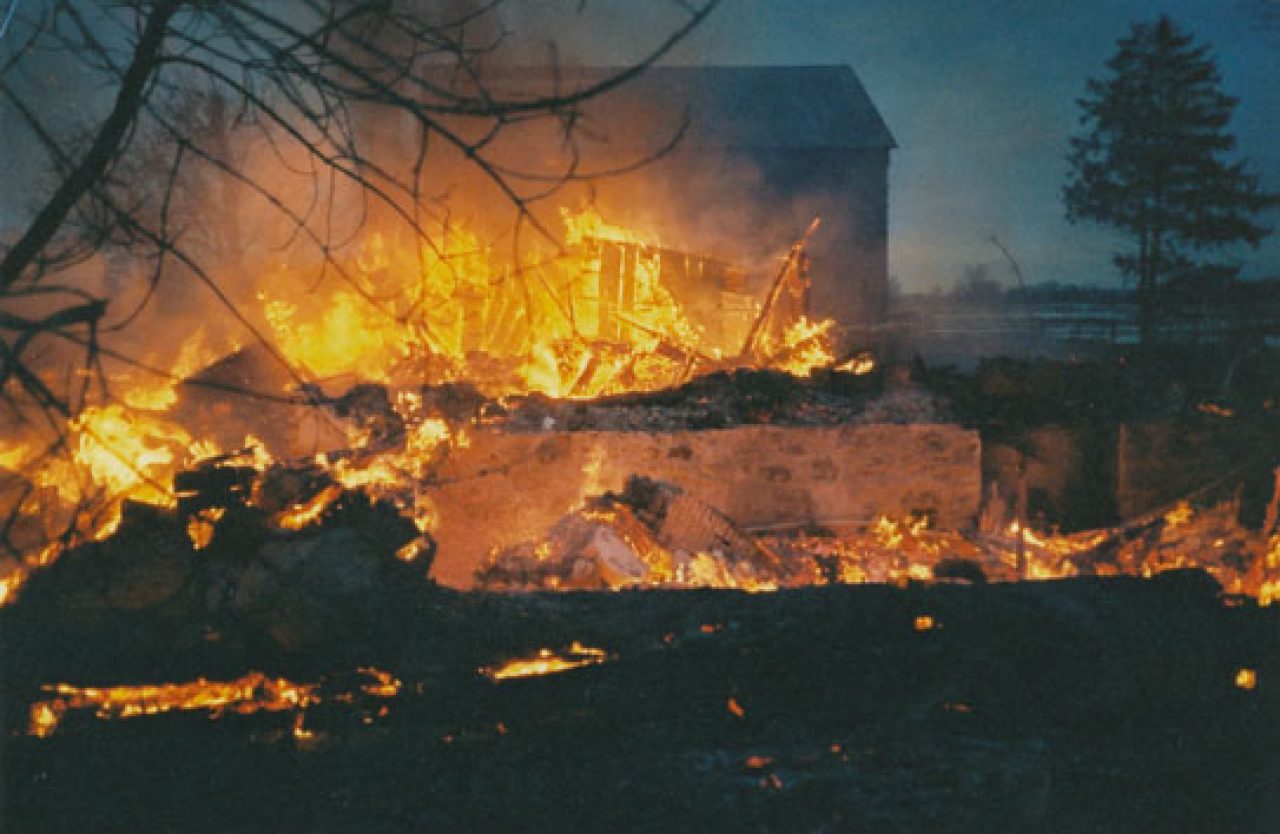
Teresa Sudeyko talks about Janet Cardiff and George Bures Miller’s 2001 House Burning.
[more] -
News
03 Mar 2021
Works from the Collection: Laiwan
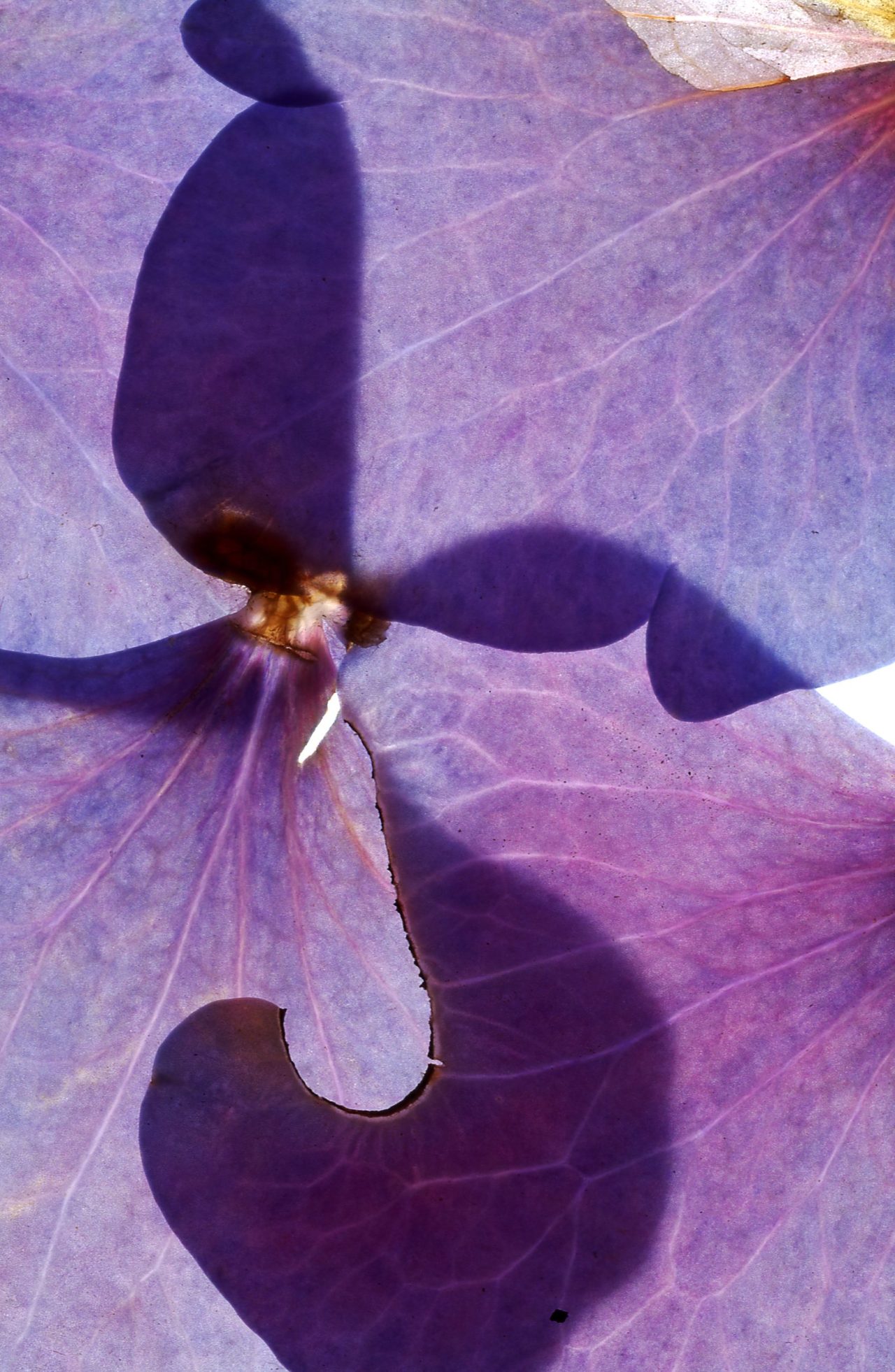
Laiwan writes, "Begun in 1987 investigating the questions, What is an image? What is a photograph?, she who had scanned the flower of the world... is an ongoing project where I collect flowers from the city I am showing in, placing the petals into slide mounts."
[more] -
News
06 Jan 2022
Works from the Collection: Laiwan’s African Notes
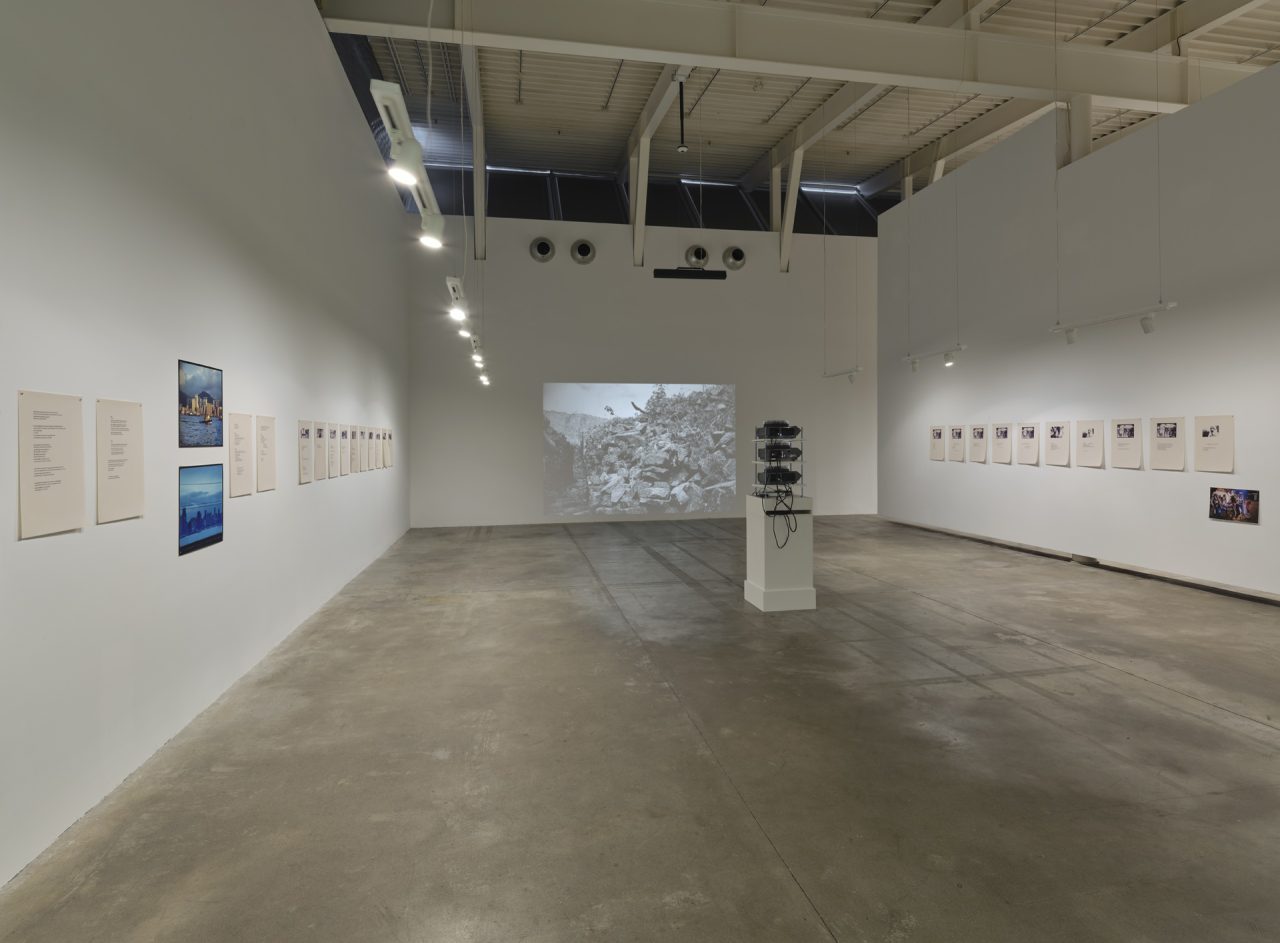
African Notes Parts 1 and 2 are composed of photographs that Laiwan took on a trip home to her birthplace of Zimbabwe in 1982, two years after the country’s independence.
[more] -
News
26 Jan 2021
Works from the Collection: Liz Magor
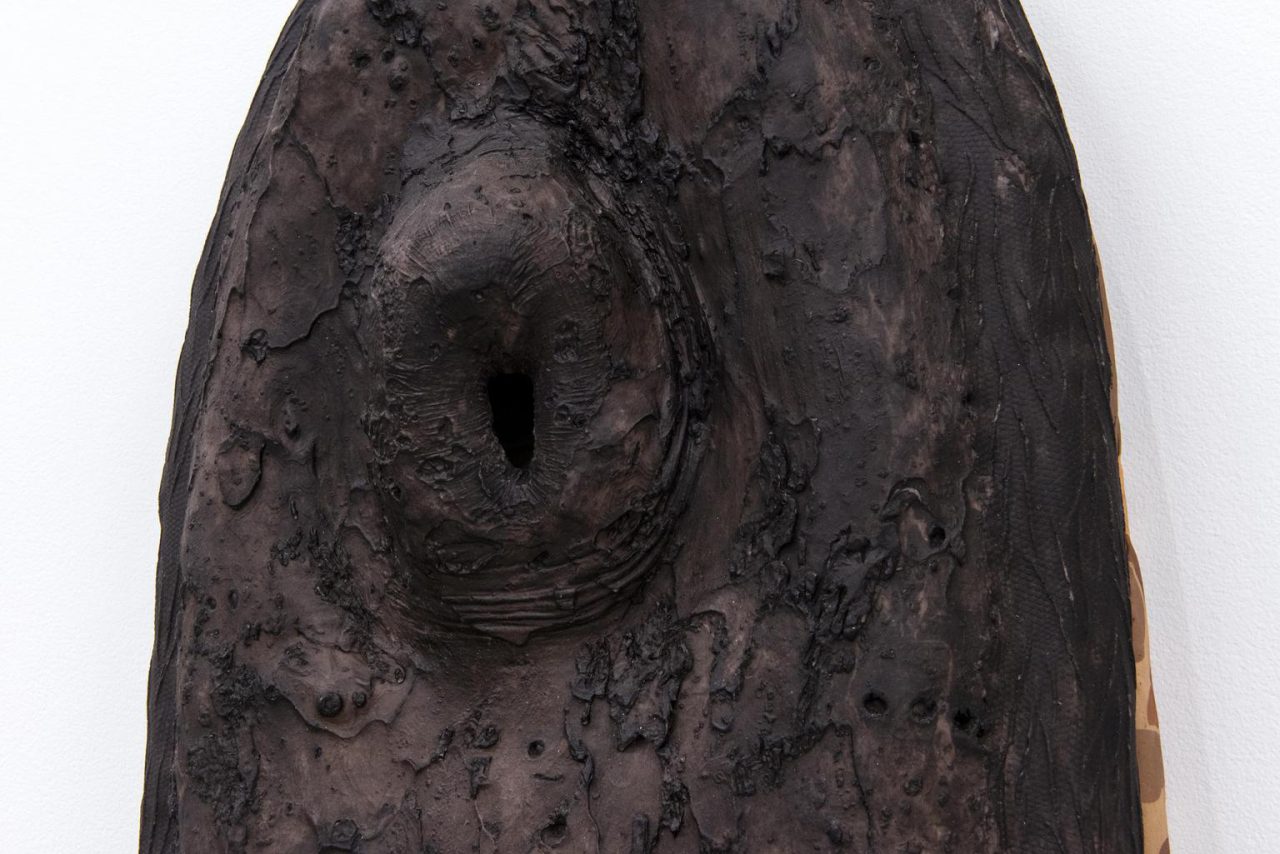
Liz Magor talks about the process of creating Tent (1999).
[more] -
News
11 Jan 2021
Works from the Collection: Rhoda Rosenfeld
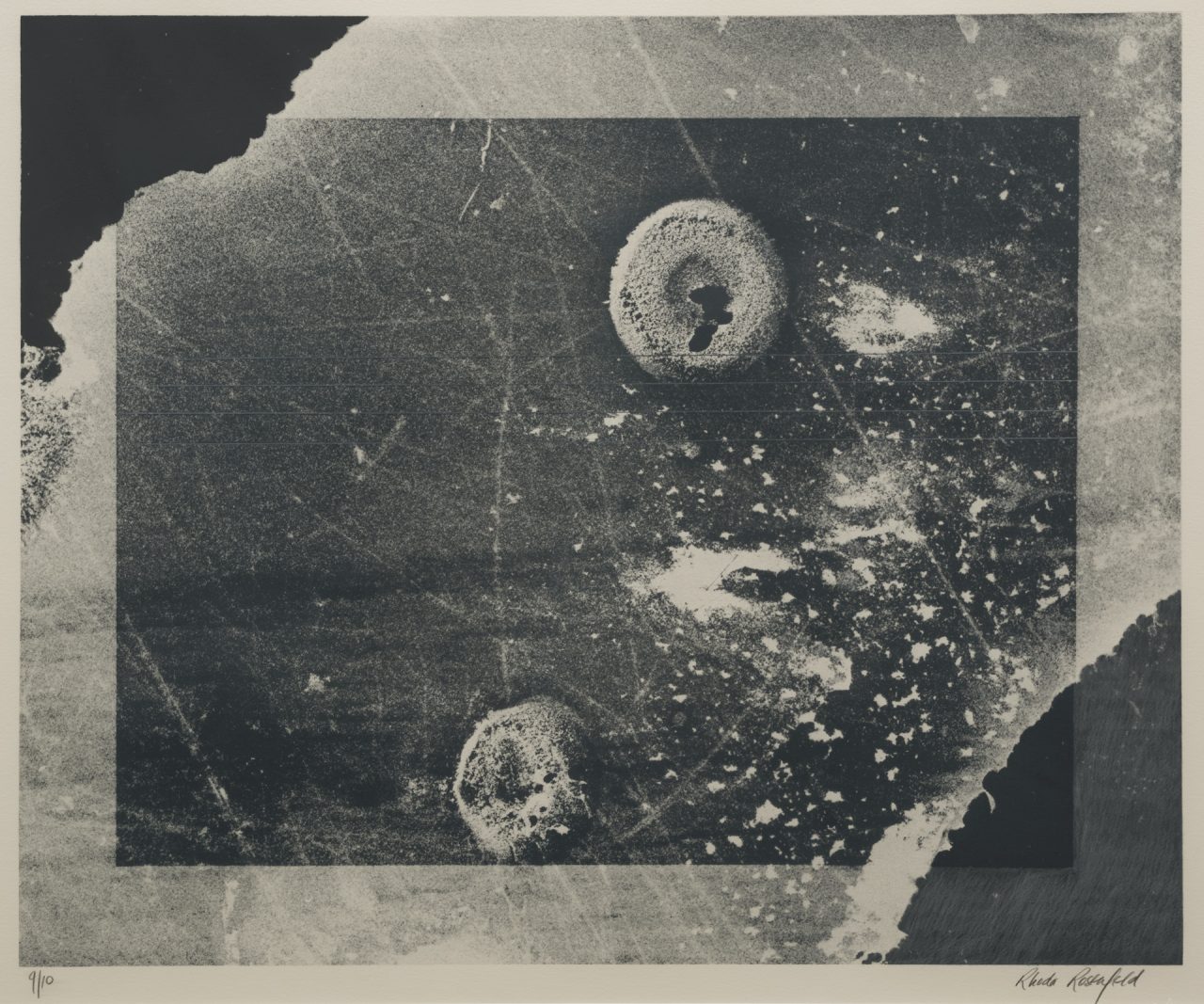
Rhoda Rosenfeld's work from the series Maps of the World (1977) is included in Stations: Some Recent Acquisitions.
[more] -
News
11 May 2020
Works from the Collection: Robert Steele
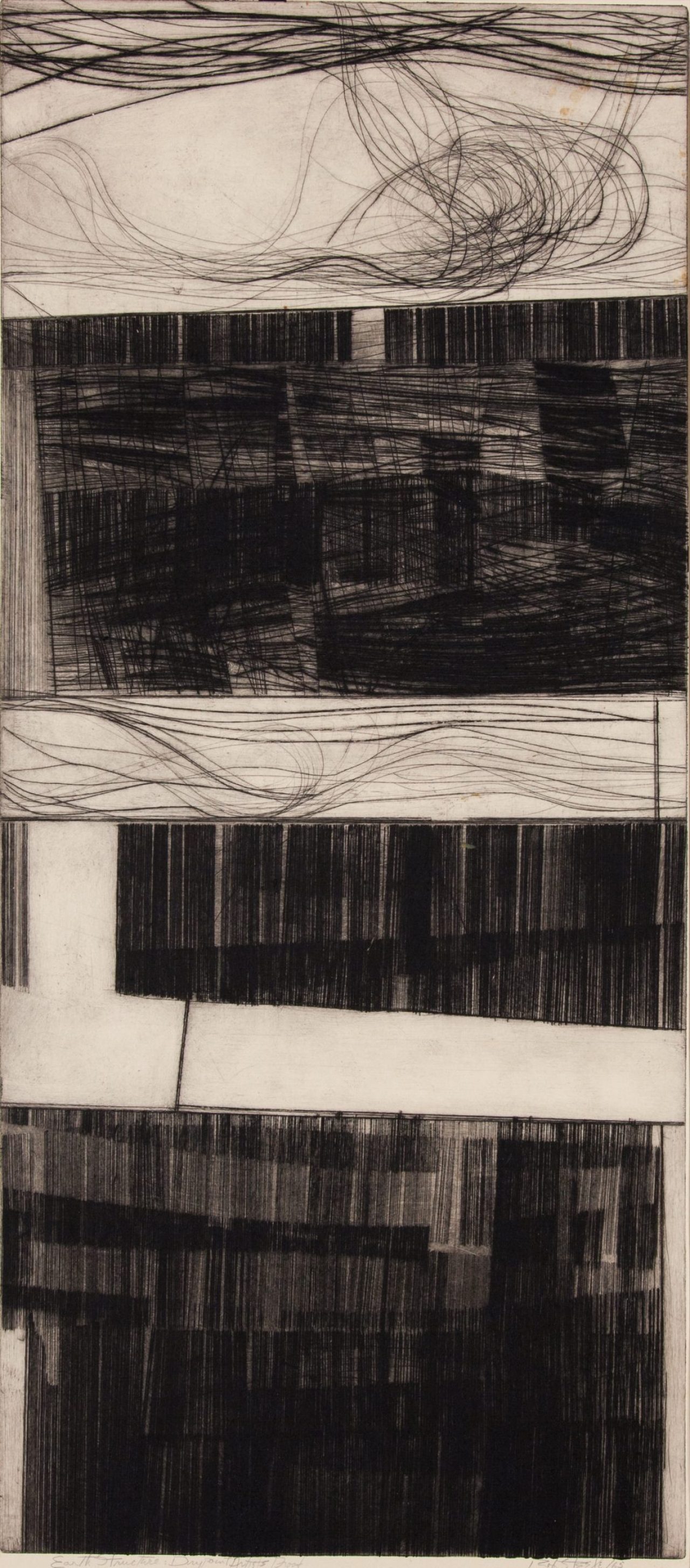
David Steele chooses a work by his late father, Robert Steele, that holds deep resonance for him.
[more]